I’ve been using the Nikon D850 since October and can say I’m very impressed with the camera, particularly for my landscape work. Two features in particular stand out:
- The “silent shutter” mode in Live View. I should mention that I use Live View a lot when I’m photographing static subjects, and it’s a given that I’m working from a sturdy tripod. In “silent shutter” the shutter is fully electronic — hence no shutter curtain movement at all — and of course when in Live View the mirror is up. Eliminating the mechanical shutter and eliminating any mirror movement means eliminating two sources of possible vibration. Turn on “silent live view photography” in the Photo Shooting menu, and select Mode 1 which gives a full-resolution, non-cropped image.
- The “focus shift shooting” option, also found in the Photo Shooting menu. Here the camera takes a series of shots, slightly changing the focus point for each frame. The resulting images can be “stacked” as a composite, thus increasing the in-focus area of the final photo. This “stacking” must be accomplished with software in post-production; it’s not done by the camera. The individual photos can be taken at a lens’s sharpest aperture, around f/5.6 or f/8, eliminating diffraction problems while yielding greater depth of field.
Turning on “focus shift shooting” gives you a number of choices:
- The number of shots (up to 300)
- The focus step width (1 through 10, undefined what these actually mean)
- The interval until the next shot (between 0 and 30 seconds)
- Exposure smoothing
- Silent photography
- Starting storage folder
Here are my choices, for landscape work:
- Number of shots: Set this to around 50, as the number really doesn’t matter. The camera will stop with the lens focusing ring hits the end of its travel. I have my camera set at 50 and most of the time the actual number of usable frames is between 5 and 10. FYI, you will often find some extra frames where the camera has gone before the far point in your composition, so nothing is in sharp focus. No big deal, just delete these frames when you see them later on your computer.
- Focus step width: I have mine set at 2, as I want to work at those prime apertures on my lenses, so I want to make sure each frame’s depth of field overlaps with that of the preceding or following frame.
- The interval until the next shot: I have this at 0. And VR is “off” on the lens in use.
- Exposure smoothing: Off, as I do all my focus stacks in manual exposure so that all the frames already match in total exposure.
- Silent photography: On.
- Starting storage folder: I don’t use this.
So here is the easiest way I know to work. Leave “silent shutter in Live View” turned on. Add “focus shift shooting” to My Menu, and position it as the top most listing. In the Custom Settings menu, Custom Control Assignment (choice number F1 in Custom Settings), set the Fn2 button on the camera rear to “access the top item in My Menu.”
In the field, turn on Live View, compose your image, set the exposure, and focus on the nearest past of the frame. Press Fn2, select Start, and the camera begins shooting in silent mode. When you’ve done this once, if you don’t need to change any options, the next time you can just press Fn2 and then OK twice.
Just to cover yourself, shoot several stacks of any one composition. How to tell where each stack beings? Wave your fingers in front of the lens and shoot one frame in Live View before you push Fn2. Important reminder (and I speak from experience here): remember to refocus on the closest point for each stack.
OK, now to the actual stacking. I’m assuming you’re shooting RAW files, and you are, right? You could use Photoshop. If so, you need to first process the individual images and then open them as layers in Photoshop. Select all the layers and do Edit > Auto align followed by Edit > Auto blend. This method works OK, but there are two problems: the final file is no longer a RAW file, and with complex subjects you will probably discover a number of stacking artifacts (blurry areas, that is).
In my opinion, a better choice is to use a separate stacking program and I would recommend Helicon Focus. Google for a discount code to knock the price down about 20%. Helicon works directly from Lightroom, and if you install Adobe’s free DNG Converter, Helicon has a mode called Raw In – DNG Out. You export the selected images from Lightroom to Helicon in their original RAW state. I’ve found that almost all the time running Helicon at its default settings works fine. Most of the time Helicon’s rendering intent mode B is my choice. If it leaves artifacts I try mode C. When Helicon finishes, the resulting file can be saved right back into Lightroom as a DNG, and processed to taste as you would any RAW file.

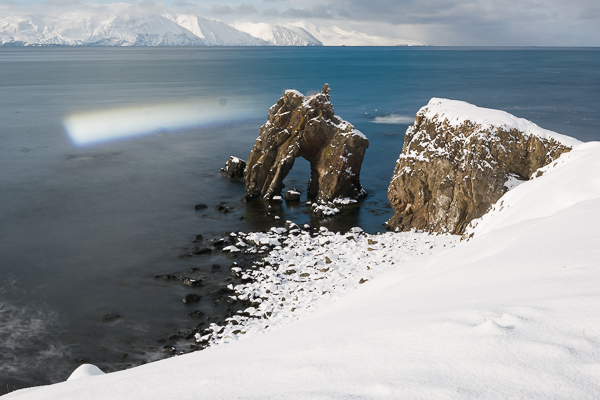
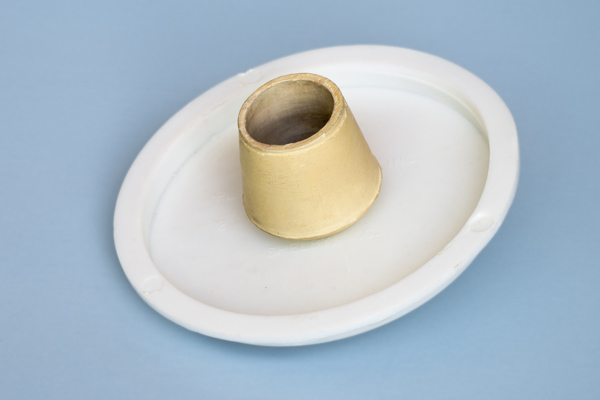
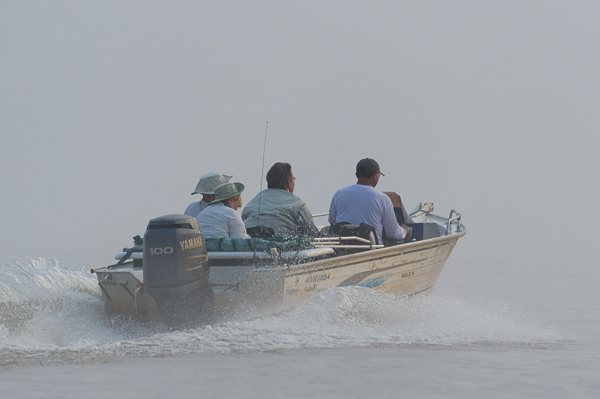
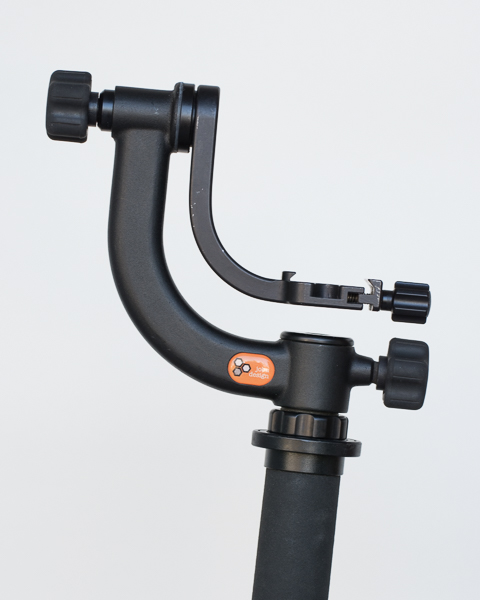
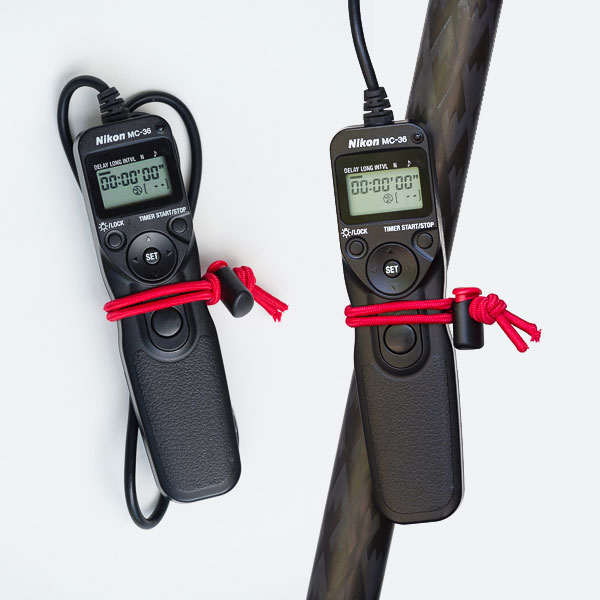
Some thoughts on the D850
So, is the Nikon D850 the only camera you need?
In my opinion the answer to this question is the same as the answer to most photographic questions: it all depends. I do think the D850 is a great camera. And if I could only own one current camera, it would be my choice. But should it be your choice? In my opinion your decision should take in hand these questions:
OK, I guess there is one more point than comes into play, which certainly did for me when I ordered the camera. I rationalized that at my age I deserved a treat. I’m not so young anymore (in all honesty, I’m in the “duffer” or “geezer” or “old guy” category), I’m not a car fanatic (although I love my truck and camper), nor am I a druggie or drunkard (although I do like a single malt in the evening). So I figured I could indulge myself. Yep, a rationalization for sure. But I definitely like the D850!